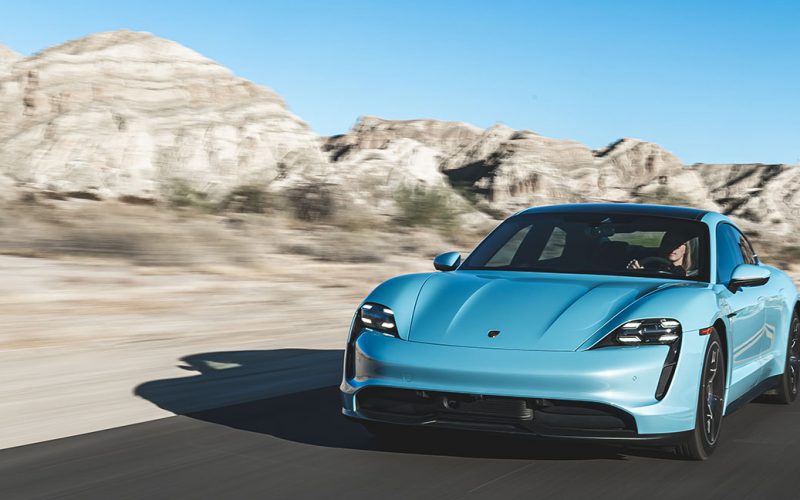
Reading Time: 4 minutesAlthough some automotive brands struggled last year for reasons I shouldn’t need to explain, Porsche’s Taycan
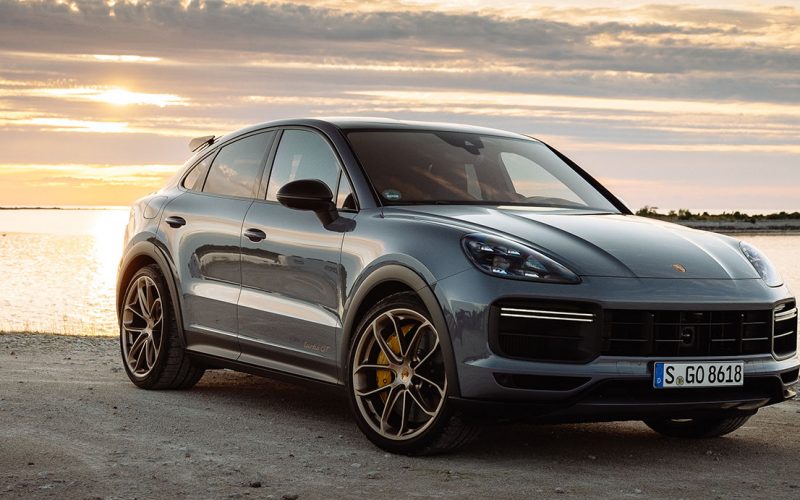
Reading Time: 6 minutesWith a maximum of 631 horsepower, the new Cayenne Turbo GT isn’t the most powerful super-SUV
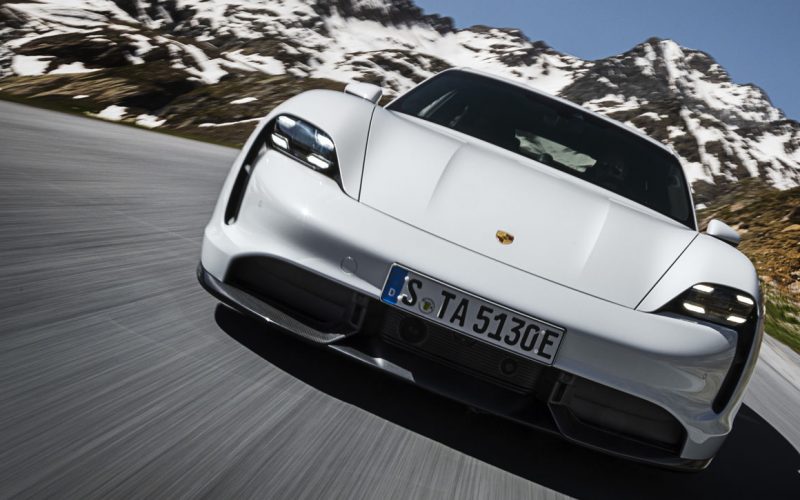
Reading Time: 8 minutesFew cars have been anticipated as enthusiastically as the all-electric Porsche Taycan, and now the 2020
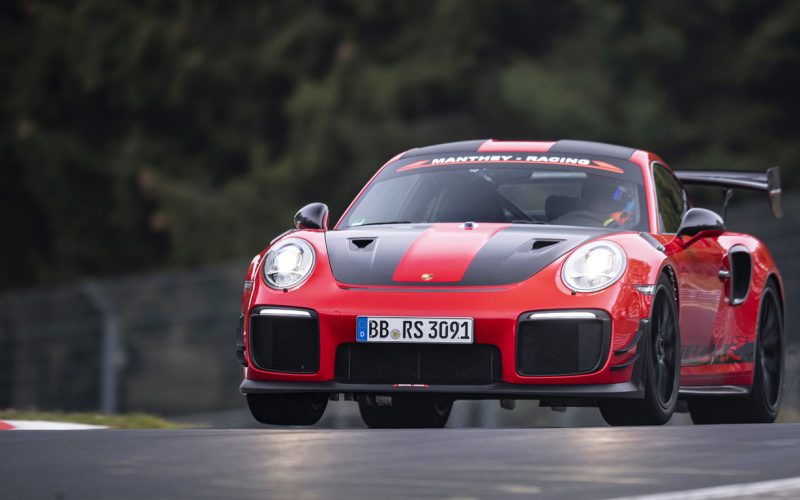
Reading Time: 4 minutesThis isn’t the first time a street-legal Porsche broke a lap record on the famed Nürburgring-Norschleife,
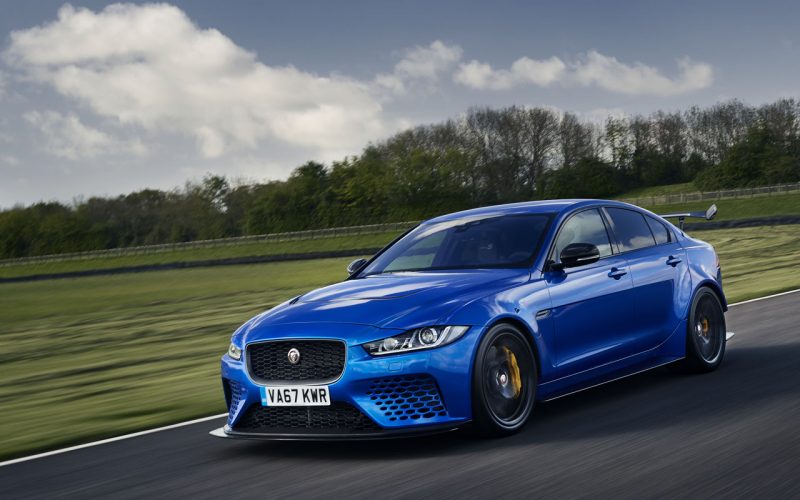
Reading Time: 9 minutesFew who have driven the new Jaguar XE have come away complaining. It’s arguably attractive, mostly
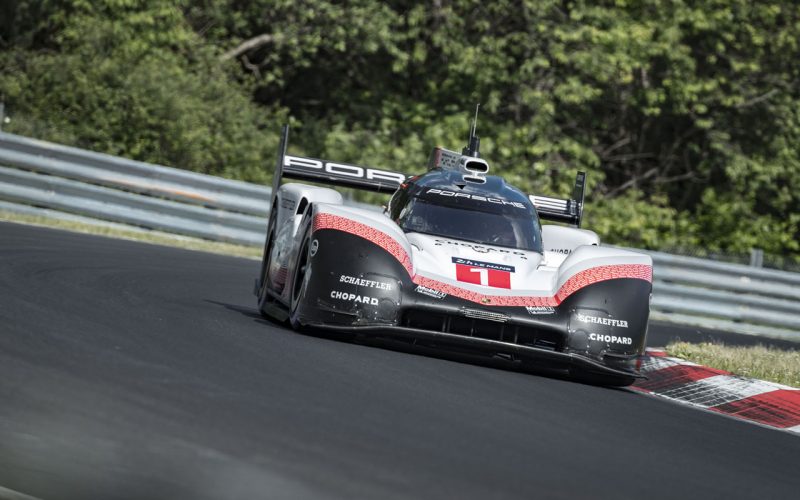
Reading Time: 5 minutesPorsche is certainly celebrating its 70th year in style. Earlier this month it debuted the wonderful
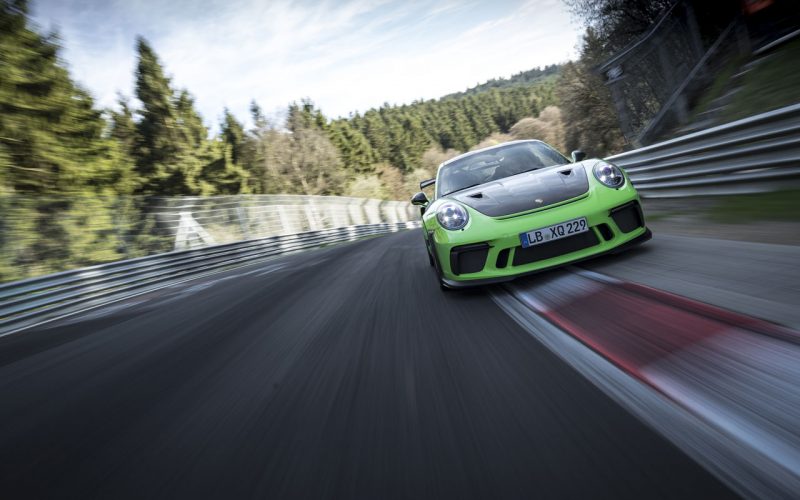
Reading Time: 5 minutesFor many automotive enthusiasts a lap around the famed Nürburgring Nordschleife racetrack is a top-10 bucket
© 2025 The Car Magazine. All Rights Reserved, Privacy Policy | Terms of Use